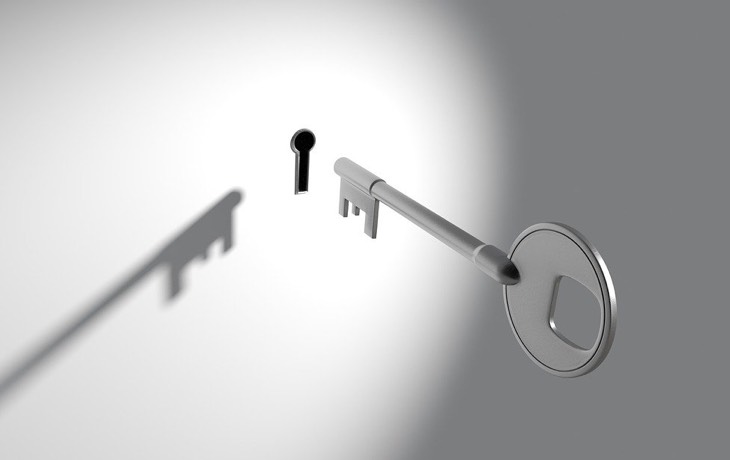A collection of key developments in the fight against COVID-19 (the actual virus is SARS-COV-2), posted throughout the week for those who just want the signal and not the noise. If there’s something you think we should include, sound off in the comments thread attached to the post.
Visit our Wuhan coronavirus status page and learn how to prepare for possible spread to your area. Scenarios, shopping lists, background info, and everything else you need, all in one place.
Previously: The previous day’s key developments post is here.
There are 244,897 cases across the globe. Cases have grown by more than 100,000 in one week. There have been more than 10,000 deaths.
All 50 US states have COVID-19 cases. Here’s a breakdown by state. Alarmingly, NY has more than 4,100 cases.
What does COVID-19 look like in children? Children do get infected, and in 90% of the cases they experience a mild to moderate illness. A subset of infants from a study, roughly 11%, required critical care. Children are a major factor in the spread of the virus. Young adults are also at risk: 40% of hospitalized COVID-19 patients in the US are 20-54. Deborah Birx urges young people to take social distancing steps:
USPS workers feel they are working in unsafe conditions. Multiple letter carriers report they are given little to hand sanitizer. Some report being pressured to work while symptomatic.
Multiple members of Congress have been infected with SARS-CoV-2. Many more are in isolation.
The Navy plans to deploy two of its hospital ships, one to the West Coast and one to the East Coast, in the coming months. The ships will provide beds to non-Covid-19 patients. Some question the wisdom of using the ships, which offer cramped quarters and an environment where COVID-19 could spread quickly if brought on board unknowingly.
The Italian military assists in transporting bodies as morgues and cemeteries get overwhelmed:
Small businesses are suffering, employees are working fewer hours, layoffs are rising, and tens of billions in lost wages are anticipated.
The State Department issues a sweeping Level 4 Travel Advisory: Do not travel abroad.
Warnings about pandemic potential have repeatedly gone unheeded. Previous fictional pandemic exercises reveled problems we are now encountering:
“The United States, the organizers realized, did not have the means to quickly manufacture more essential medical equipment, supplies or medicines, including antiviral medications, needles, syringes, N95 respirators and ventilators, the agency concluded.”


You are reporting the comment """ by on